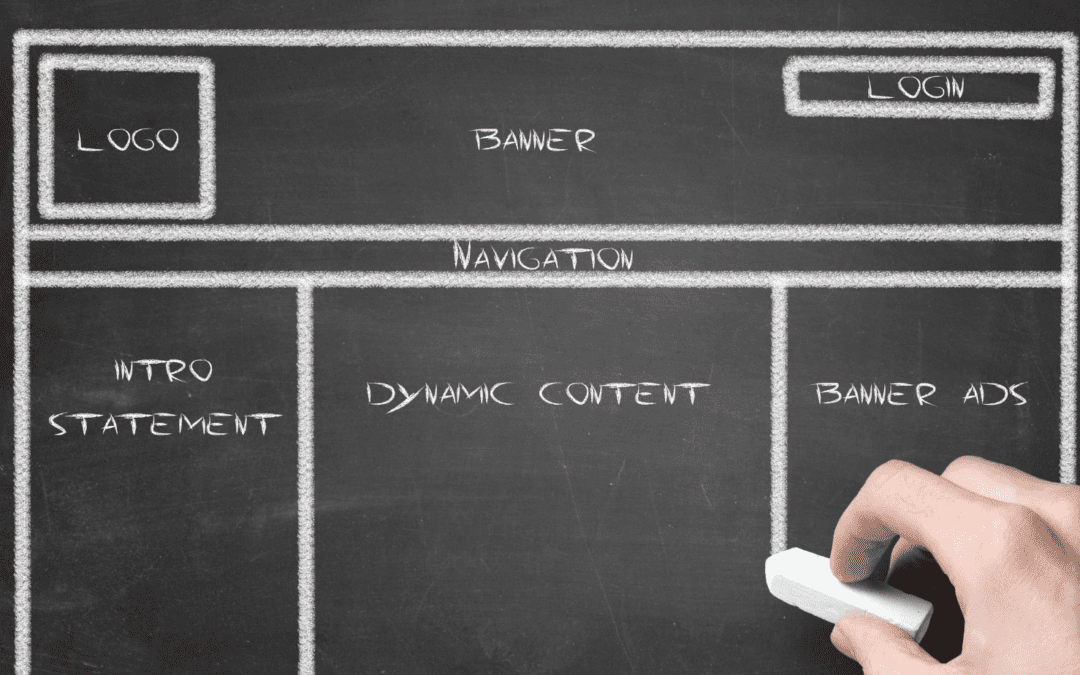Wireframing serves as the foundational blueprint upon which dynamic and innovative designs are built. It’s not merely a step in the design process; rather, it’s a powerful tool that empowers designers to visualize ideas, streamline communication, and craft solutions that resonate with users. Let’s explore wireframing’s potential to revolutionize your design approach!
At its core, wireframing is about simplifying complexity. It involves sketching out the basic structure and layout of a digital interface, devoid of colors, graphics, or intricate details. This skeletal framework serves as a guide, allowing designers to focus on the fundamental elements of usability and functionality. By stripping away distractions, wireframes enable designers to navigate through design challenges with clarity and precision.
One of the key advantages of wireframing lies in its ability to facilitate collaboration. Whether you’re working in a team or communicating with clients, wireframes provide a common language that transcends technical jargon. They serve as a visual aid, enabling stakeholders to visualize concepts and provide feedback early in the design process. This collaborative approach not only fosters alignment but also ensures that the final product meets the needs and expectations of its intended audience.
Furthermore, wireframing allows for rapid iteration and experimentation. Since wireframes are quick and easy to create, designers can explore multiple design concepts without investing significant time or resources. This agility enables designers to adapt to changing requirements and user feedback, ensuring that the final design is both intuitive and engaging.
In addition to fostering collaboration and iteration, wireframing promotes user-centered design. By focusing on the core elements of functionality and user flow, designers can create interfaces that prioritize user needs and preferences. This user-centric approach not only enhances the overall user experience but also increases the likelihood of user engagement and satisfaction.
Moreover, wireframing serves as a valuable tool for usability testing. By presenting wireframes to users early in the design process, designers can gather valuable insights and identify potential pain points or usability issues. This iterative feedback loop enables designers to refine their designs iteratively, ensuring that the final product meets the highest standards of usability and accessibility.
In conclusion, wireframing is a powerful tool that can revolutionize the design process. By harnessing the power of wireframing, designers can streamline communication, foster collaboration, and create user-centric designs that resonate with their audience. So, next time you embark on a design project, remember to harness the power of wireframing for dynamic design solutions.

